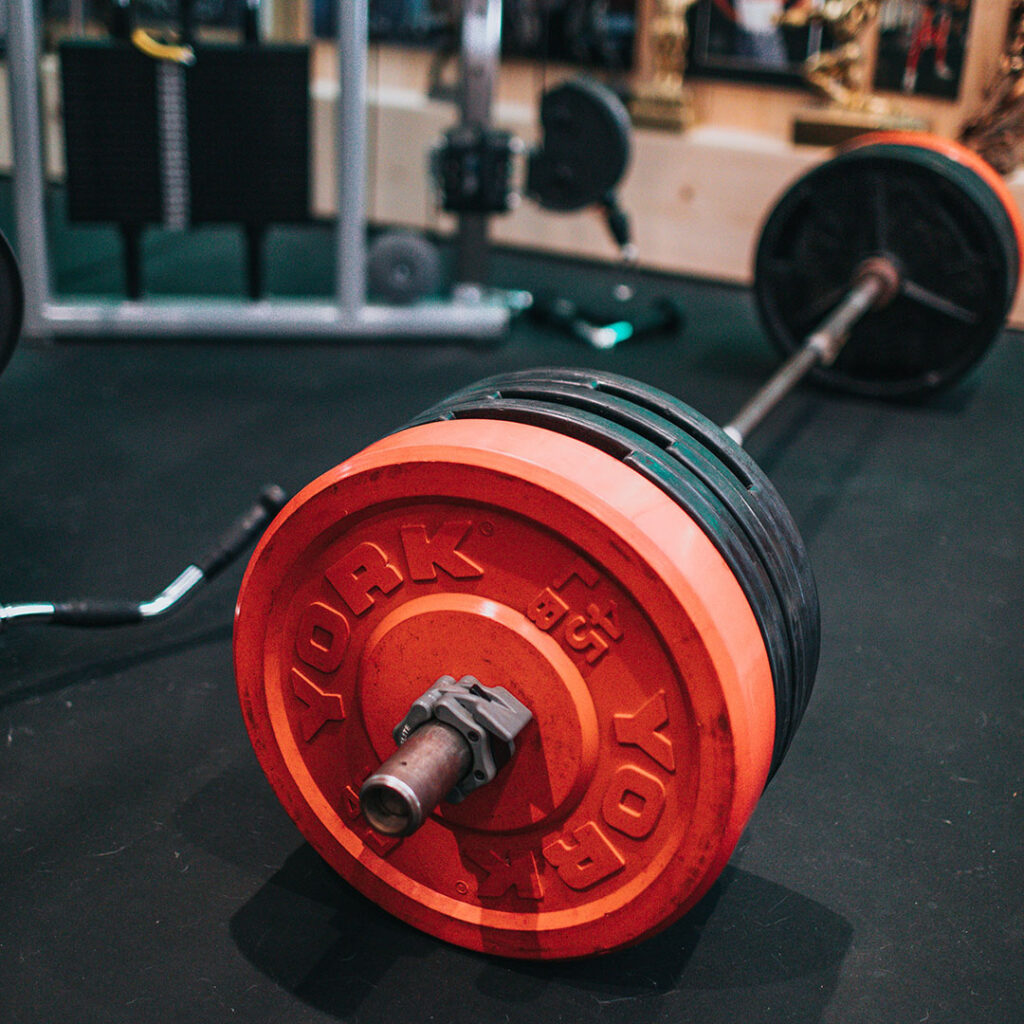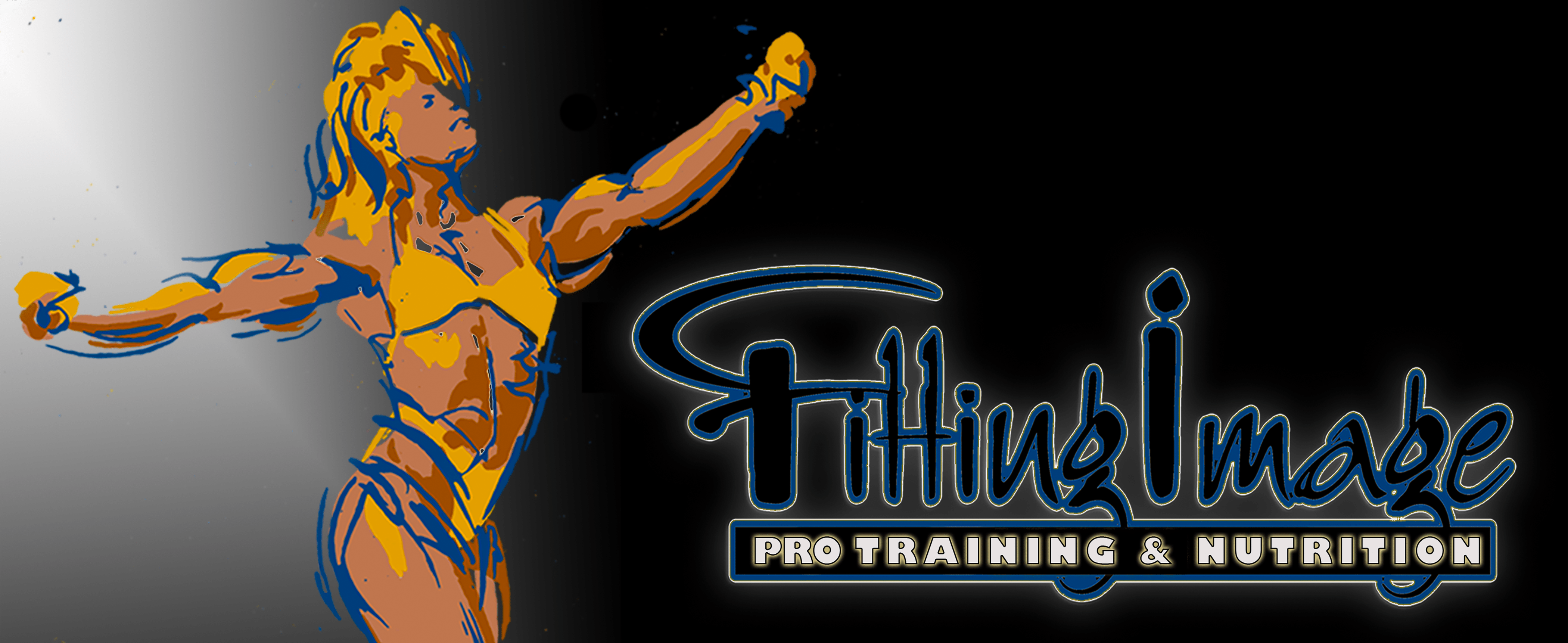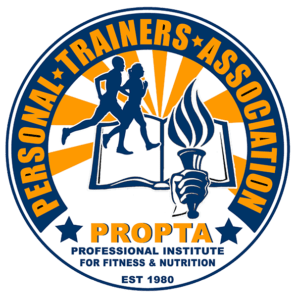
What’s Wrong With Super Low Calorie Diets?
We are told over and over again: calories in and calories out. But is it true? Many crash diets consistently suppress caloric intake to severity, requiring an intake of less than 800 calories per day for weeks or months. We all know that this is not sustainable. But what’s worse, this kind of dieting can result in a lot of issues like:
- Muscle loss
- Heart muscle loss and heart failure
- Persistent metabolic adaptation (resulting in weight management difficulties and easy weight gain)
- Regaining weight
- Eating disorders
- Mental issues, depression, memory problems, apathy, sleeplessness
- Weakened immune system
How does that happen? The body likes to go for carbs (glucose) for energy first. If that’s not available in the blood, it goes for glycogen, which is glucose that’s been stored in the liver and muscles.
I know you want to lose the fat and build a six-pack but losing muscle mass is what you really need to worry about. I’m always asked how to preserve muscle mass while losing body fat. Let me tell you, by not starving yourself! Have you ever asked yourself why does the body break down muscle mass while dieting? Because when it doesn’t have enough calories, the body compensates for the lack of energy. It does so by breaking down fats in adipose tissue and proteins in muscle tissue to be used in synthesizing glucose, which is used for energy (this process is called gluconeogenesis).
So, making sure that the body has proteins constantly in the blood stream will make it less likely to go to muscle tissue for those proteins. You should therefore frequently provide your body with sufficient protein. Another important concept to understand is homeostasis. Homeostasis is basically your body wanting to maintain a steady state. Generally, it likes things just the way they are. Your body does not want to gain or lose weight and there are certain biological mechanisms for maintaining this dynamic steady state. At any given point, your body will be in either of two states: an anabolic state (building more complex structures from simpler ones) or a catabolic state (breaking down complex structures into simpler ones). So, when you gain weight, you will gain muscle and fat (anabolic pathways). And when you lose weight, you will lose muscle and fat (catabolic pathways).
It is important to note that any weight loss will result in muscle loss unless you are doing sufficient resistance training. Studies suggest that muscle loss could amount to 45% of the total number of pounds lost. The homeostasis we talked about above is the reason for this. Your body is a very efficient machine. Whatever you don’t need and are not using, when it comes to weight loss, will be shed to “save” you. It is a mechanism to prevent starvation. If you aren’t using that muscle mass, your body will shed it. Cardio without weight training, will increase muscle loss. Since your body uses mostly fat for fuel for aerobic activity, the body will tend to save a good bit of it. Muscle mass isn’t needed as much for endurance activity, so your body will efficiently shed it. The key is to strike the perfect balance between weight work, aerobic activity, and providing enough food to prevent starvation mode yet create a deficit for fat loss.
As an additional recommendation, don’t attempt more than a 2 lb. weight loss per week, and be sure you are drinking plenty of water.




